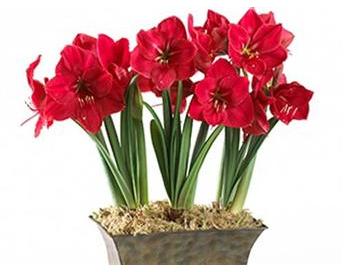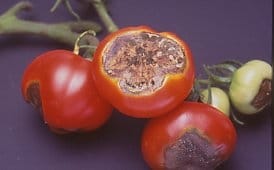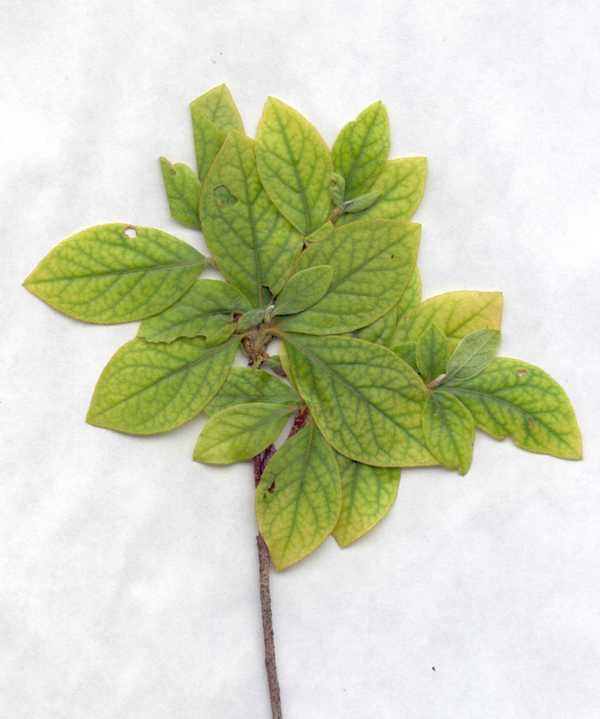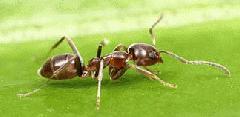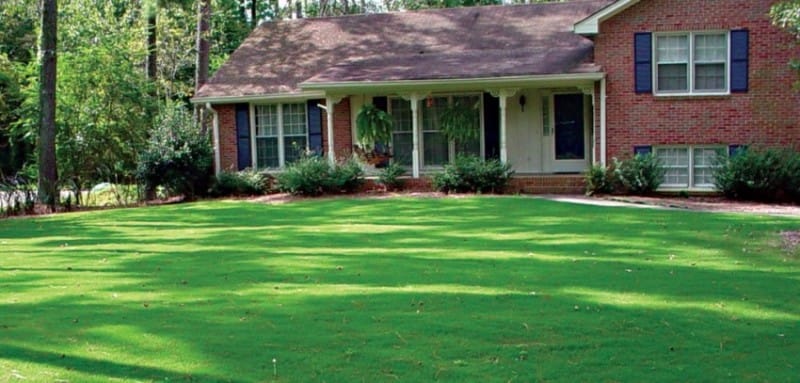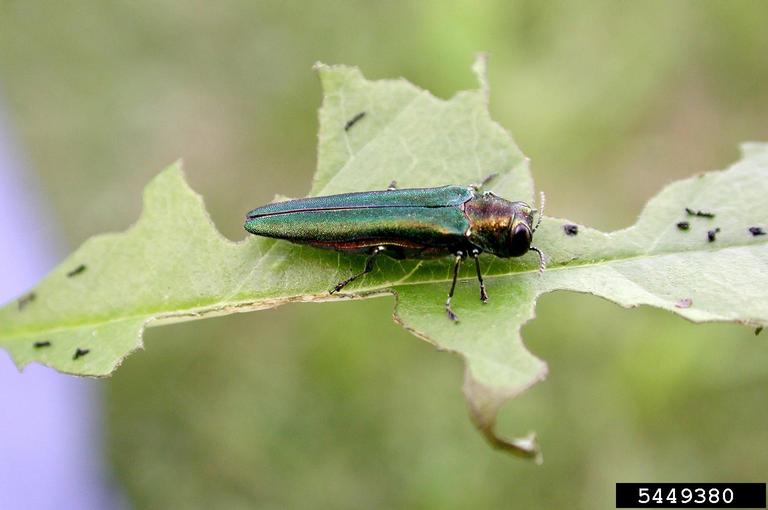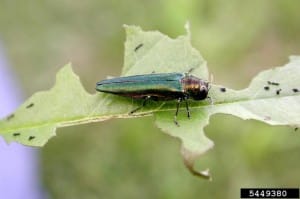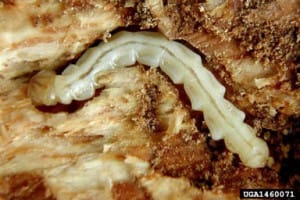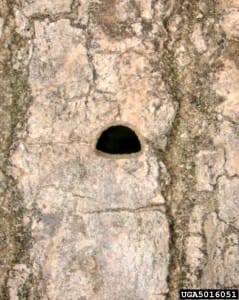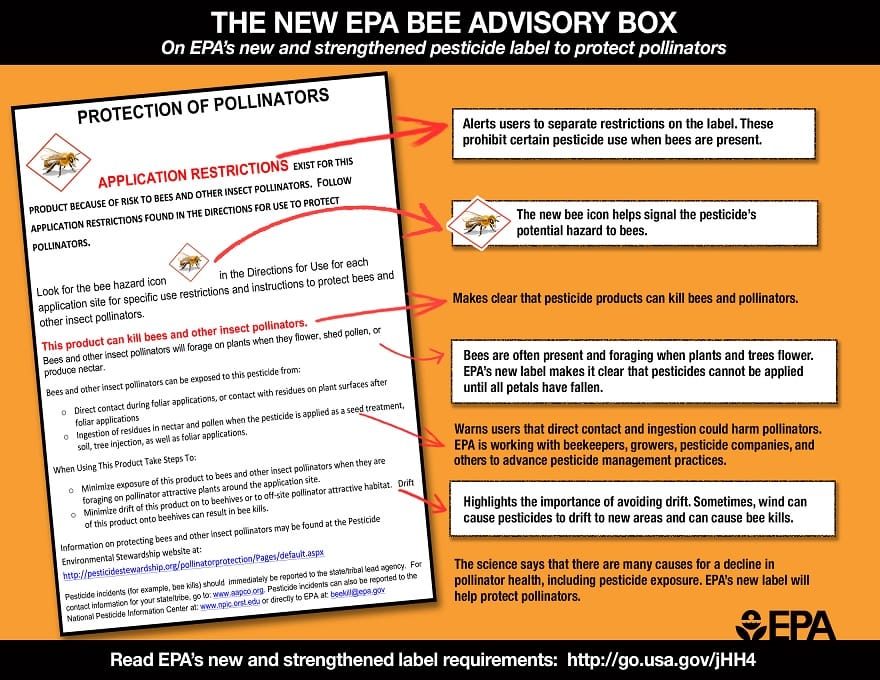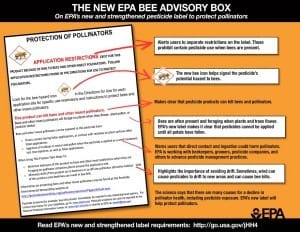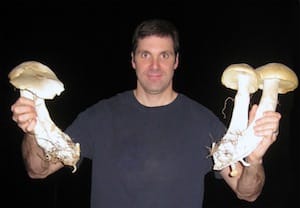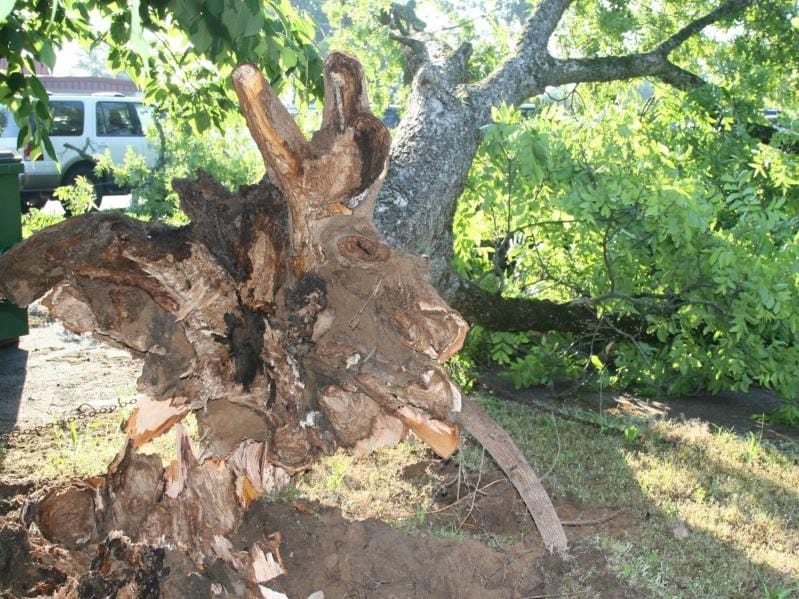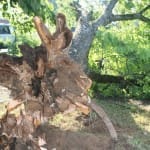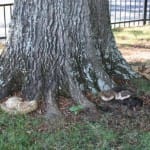Source(s): Willie O Chance
Argentine ants are busy, 1/8 inch long ants which are often found crawling in long, well-organized trails looking for food. They will go up tree trunks and into buildings. One Argentine ant colony can consist of hundreds of thousands of ants and one or more queens. They have few pests and are hard to kill. They are very good at finding food, so good in fact that they can keep fire ants from establishing themselves in an area.
Argentine ants do not bite or sting, but often come inside searching for moisture or food. They like sweet things like soft drinks and syrup.
Argentine ants like to make their nests in mulched beds or potted plants. Ants in mulched beds are harder to kill. They can live in walls in the winter. It is hard to get insecticides to these ants. Even pest control companies have trouble killing these ants. Is this too much bad news so far? Well, the good news is that there are some things you can do to try to control them.
A single Argentine ant looks for a food source. Once it finds it, the ant tells the other ants and the colony forms a trail to the food source. To control these ants, remove food sources and try to keep ants outside. Spraying ant trails inside will do little to control them and may even make them worse.
Thoroughly empty and rinse all containers (e.g., soda cans) before putting them in the trash or recycle can. Seal stored food in insect resistant containers. Thoroughly clean cabinets. Do not let garbage sit out for a long time. Seal it up well in plastic bags.
Control insects on ornamental plants that create honey dew that the ants eat. Honey dew is a sticky sweet substance put out by aphids, scales and whiteflies. Select plants that are not susceptible to these pests. Clean up all dead insects on window sills and on floors. Ants can use them as food.
Keep all vegetation (limbs, leaves and branches) from touching the outside of your home. Ants can come in this way. Seal any entry points you see. Check potted plants to make certain no ants are nesting in them.
Do not over-water mulched areas. Let them dry slightly between waterings. Water once a week with one inch of water or twice a week with three-quarter inches of water.
Do not use too much mulch. Keep it two to four inches deep. Try to avoid mulched beds around the house. Pull the mulch away from the house a foot or so. Treat this narrow strip with insecticide.
Once you have done these things, you can try spraying points of entry around the house. Treat window sills and door thresholds. With severe infestations, you may want to spray a perimeter around the house. Spray a couple of feet up on the house and four to six-foot of the ground next to the house. You can use Permethrin, Demon or others or have a pest control company do this for you. Treat any trails you see. Sprays will help to keep the ants out but will not kill the colony.
One of the best ways to kill the ants is to use baits. Look for ant baits containing slow acting toxins like fipronil, hydramethylnon, and sulfluramid. The ants will feed on them and take them back to the nest. This will take some time but should kill the colony. Some of these chemicals may be labeled as fire ant baits and these should work for Argentine ants outside the home. Apply baits when ants are out and actively looking for food.
A new chemical may be a great way to control the ants long- term. You can try treating mulched beds or the entire lawn with Over and Out. This product contains the active ingredient fipronil. It is labeled for fire ants but should also give control of Argentine ants. Over and Out controls fire ants for up to one growing season. I do not know exactly how long to expect this chemical to control Argentine ants, but I would expect similar control for Argentine ants as for fire ants.
Be patient and persistent. Read and follow all label directions on the pesticide package. If at first you do not succeed, try again. You cannot expect to kill all the ants in the yard, but you should be able to keep them out of your house.
Center Publication Number: 87


